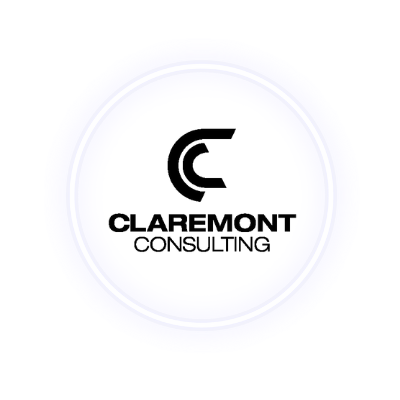From Screening to Onboarding: Streamlining the Tech Hiring Process
Streamlining the Tech Hiring Process
The tech industry is a fast-paced environment where finding the right talent can make or break a company’s success. With the competition for skilled professionals at an all-time high, businesses need a streamlined hiring process that is both efficient and effective. From the initial screening to the final onboarding, every step in the tech hiring process should be designed to attract, assess, and integrate top talent seamlessly. In this post, we'll explore key strategies for optimising the tech hiring process, ensuring that your company not only attracts the best candidates but also brings them on board quickly and efficiently.
1. Refining the Screening Process
The first step in streamlining your tech hiring process is to refine your screening methods. With the sheer volume of applications many companies receive, it's essential to have a robust system in place to filter out unqualified candidates early.
- Automated Resume Screening: Leverage AI-driven tools to automatically screen resumes for relevant experience and skills. This reduces the time spent manually reviewing applications and ensures that only qualified candidates proceed to the next stage.
- Skill Assessments: Integrate coding challenges or technical assessments early in the screening process. These tests can evaluate a candidate's real-world problem-solving abilities and technical expertise, helping you identify top talent quickly.
- Structured Screening Interviews: Implement structured interviews with standardised questions focused on core competencies. This not only ensures fairness but also allows you to compare candidates objectively.
2. Optimising the Interview Process
The interview process is often the most time-consuming part of tech hiring. However, it can be optimised to be both thorough and efficient.
- Panel Interviews: Instead of scheduling multiple rounds of interviews, consider panel interviews where candidates meet with several stakeholders at once. This not only saves time but also provides a comprehensive evaluation of the candidate in a single session.
- Remote Interviews: With the rise of remote work, remote interviews have become more common. Use video conferencing tools to conduct interviews, which can reduce scheduling conflicts and speed up the process.
- Interview Kits: Provide interviewers with standardised kits that include a list of questions, evaluation criteria, and scoring rubrics. This ensures consistency across interviews and helps in making quick, data-driven decisions.
3. Streamlining the Decision-Making Process
After the interviews, the decision-making process should be swift to prevent losing top candidates to competitors.
- Collaborative Evaluation: Use collaborative tools where interviewers can share their feedback and evaluations in real-time. This enables quicker discussions and consensus on whether to move forward with a candidate.
- Pre-Defined Hiring Criteria: Establish clear hiring criteria before the interview process begins. This helps in making objective decisions and reduces the time spent deliberating over candidates.
- Speedy Offer Rollout: Once a decision is made, don’t delay in extending the offer. The tech talent market is competitive, and a delay in the offer can result in losing the candidate to another company.
4. Smoothing the Onboarding Process
Onboarding is a critical part of the hiring process that can set the tone for a new hire’s experience at your company. A smooth onboarding process ensures that new employees are productive from day one.
- Pre-boarding Communication: Start the onboarding process before the new hire's first day. Provide them with essential information, set up their accounts, and give them access to company resources. This helps them hit the ground running when they start.
- Structured Onboarding Programs: Develop a structured onboarding program that includes orientation, training, and integration into the team. A clear roadmap for the first 30, 60, and 90 days can help new hires feel more confident and supported.
- Mentorship and Support: Assign a mentor or buddy to each new hire to guide them through their initial days. This support can help them acclimate to the company culture and reduce the learning curve.
5. Continuous Improvement
Finally, it's important to continuously evaluate and improve your hiring process. Solicit feedback from new hires about their experience and identify areas for improvement.
- Candidate Feedback: Ask candidates, both successful and unsuccessful, for feedback on the hiring process. Use this information to refine and enhance your approach.
- Hiring Metrics: Track key metrics such as time-to-hire, candidate satisfaction, and retention rates. These metrics can provide valuable insights into the efficiency and effectiveness of your hiring process.
- Adapting to Trends: Stay informed about the latest trends in tech hiring. Whether it’s new tools, techniques, or shifts in candidate expectations, being adaptable ensures your hiring process remains competitive.
Conclusion
Streamlining the tech hiring process from screening to onboarding is essential in today’s competitive job market. By refining your screening methods, optimising interviews, speeding up decision-making, and smoothing the onboarding process, you can attract and retain top tech talent efficiently. Continuous improvement and adaptation to industry trends will ensure that your hiring process remains effective, helping your company stay ahead in the tech industry.





